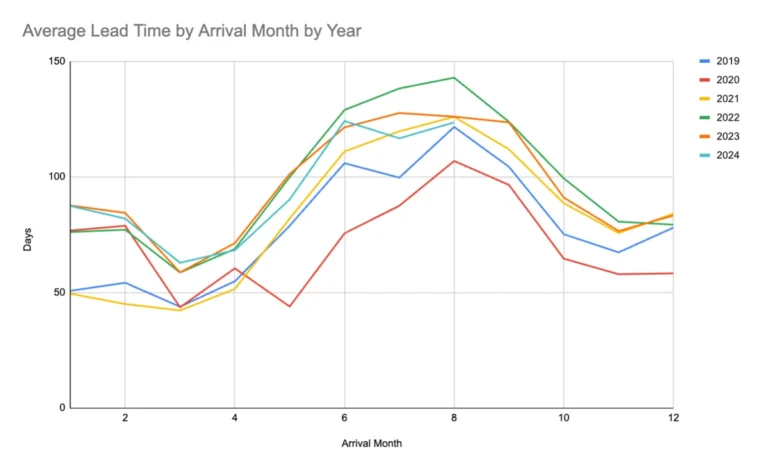The Paradigm Shift in Conversion Rate Optimization
CRO has faced a paradigm shift over the years.
A big one.
This recap will paint the picture. If you’re already familiar with the transition, then this will be a helpful reminder.
Where are we today with conversion rate optimization, and why does it matter?
Below are the major milestones.
Foundational (Manual) Updates
Marketers of the past (and still in the present) look at their website with their team + analytics + feedback and realize that certain changes can improve the user flow through the site.
These updates to site structure, messaging, images, and so forth make a clearer path to purchase.
This is structural.
The site needs a certain threshold of natural efficacy. The message needs to resonate with the target market. The product images need to be attractive.
Before anything else, this foundational work must be done.
These types of updates were a primary way of making improvements to improve conversion rates before better functionality became prolific.
Needless to say, it took significant time and was a manual – but valuable – process.
A/B Testing
A/B testing came around and allowed marketers to split their audience and serve one experience to 50% of their traffic, and provide a different experience to the other half.
After some time, the A/B test would reach some threshold of statistical significance.
A winner of the test would be selected.
This winning version then takes over as the experience for all 100% of subsequent traffic.
Consider your site: optimized.
Kind of.
Older methods of deploying tests required developers to code these changes. But quickly a variety of testing software was made available, allowing rapid A/B testing and website updating without needing to know HTML, CSS, and Javascript.
The problem is that it is manual. It takes time. It limits the optimization possibilities to 2 versions.
Plus, the duration of the test imposes an opportunity cost if quicker iterations are possible.
That said, it is a powerful tool for some use cases! For example: testing which landing-page structure converts more visitors.
Multivariate Testing (MVT)
This simply takes A/B testing to another level.
More than two versions are tested and evaluated to find a winning experience.
This is a meaningful step towards powerful CRO. Why? Because there are a great, great, great deal of conceivable variants of how the website can be designed. How the experience can be tweaked. What material can be displayed.
And MVT speeds up the process of identifying the higher-performing versions.
We’re still not “personalizing” a journey, but we are providing some visitors with more personalized experience.
Segmenting and Rules-Based Journeys
This is powerful territory.
Segmenting out your customer-base creates a wonderful opportunity to personalize.
You can tailor an experience with content and recommendations for each segment.
Marketers can identify attributes to group their customers by similar-looking profiles.
Using IF (segment) / THEN (experience) rules, they can personalize the experience served to that particular segment.
For example, [IF] customer is female and campaign source is “new product drop – summer handbags”: [THEN] deploy a widget site-wide messaging and displaying the new purse variants.
These rules command significant personalization power, especially as the segments get more specific and focused.
But the side effect of more specific and focused segments is that you need to build more and more logic.
It introduces more complexity.
There are only so many rules that a marketer can manage at once.
Even with a robust rules-based personalization system, the journeys need to be defined. The segments need to be built. The parameters need to be updated as new campaigns go live.
Since this is providing a personalized website experience case-by-case, we are restricted to the number of cases that can be meaningfully controlled.
It left marketers wanting for more power: in automation and granularity.
Predictive Personalization
New paradigm alert!
Machine learning (ML) enters the picture. It automates the personalization process.
Instead of running your own analysis manually to identify trends & build segments…
…the machine does it. ML creates micro-segments intelligently, and updates them automatically.
Instead of defining rules for what experience to deploy to each segment…
… the machine analyzes data of past customers, products, and transactions to determine the best performing experiences for each segment.
These experiences are then deployed and tested automatically.
You are effectively running segment-specific, multivariate tests:
- With a real time feedback loop
- With a many, many variants
- And teaching your system to improve its calculations next time – continuously.
This is an enormous development in personalization.
It’s a game changer.
But it doesn’t stop there.
Predictive personalization doesn’t just test at the segment level. It optimizes for the individual.
The underlying machine learning trains models to determine which specific shopper profile will convert best with each product, recommendation, experience, etc.
It forecasts what your shopper will search for, how much they’re willing to spend, and what they are going to purchase.
This paradigm shift in automated personalization tailors campaigns to users one-to-one.
What now?
Predictive personalization is here and D2C brands are taking advantage of it.
Legacy tools are lightweight or need manual rules. They are being replaced – we’re in a new paradigm.
Predictive personalization enables time-savings; much higher performance; less manual analysis and admin work.
Plus the marketing team benefits from a system that is designed to keep getting better – not sit stagnant with rules that were relevant 1 or 3 or 6 months ago.
Interested in how predictive personalization works? Check out our clear-cut guide.
The shift that took years will now accelerate at a much faster pace. But the underlying technology for that future development is already at play: machine learning.
ML is used across an incredibly wide variety of disciplines nowadays. It was only a matter of time before it permeated marketing.
Moving forward, whenever there is a large amount of marketing data available, the best performing tools and technologies will rely on ML and AI for optimization.


